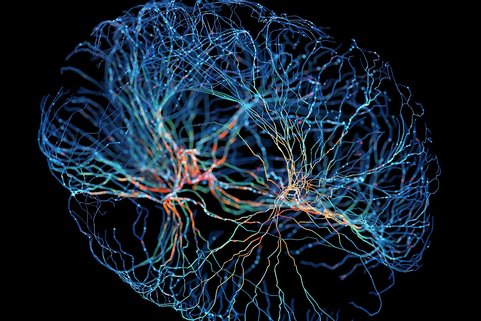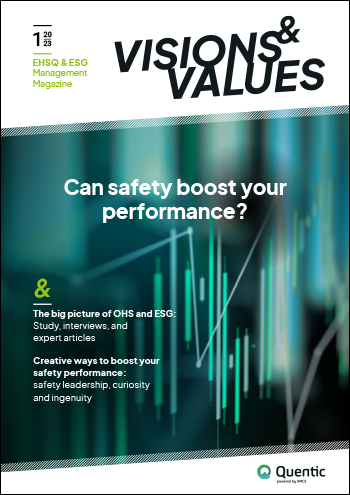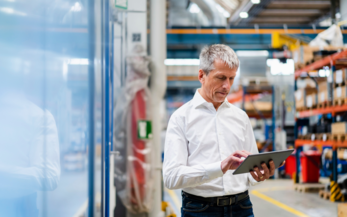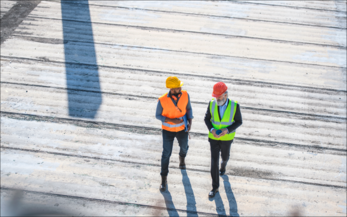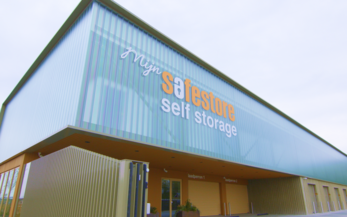8 minutes07/08/2023
Why should you rely on artificial intelligence (AI) when it comes to occupational safety? Because AI solutions excel in many disciplines that are critical for workplace safety: collecting, organizing, and analyzing substantial amounts of data, providing and processing information from sources such as legal texts, simulating situations, and monitoring processes and facilities.
What exactly is AI? AI refers to the development of computers or machines capable of performing tasks that would normally require human intelligence. As a result, AI is applied in various ways in the field of occupational safety. Click through the directory to access the different areas:
